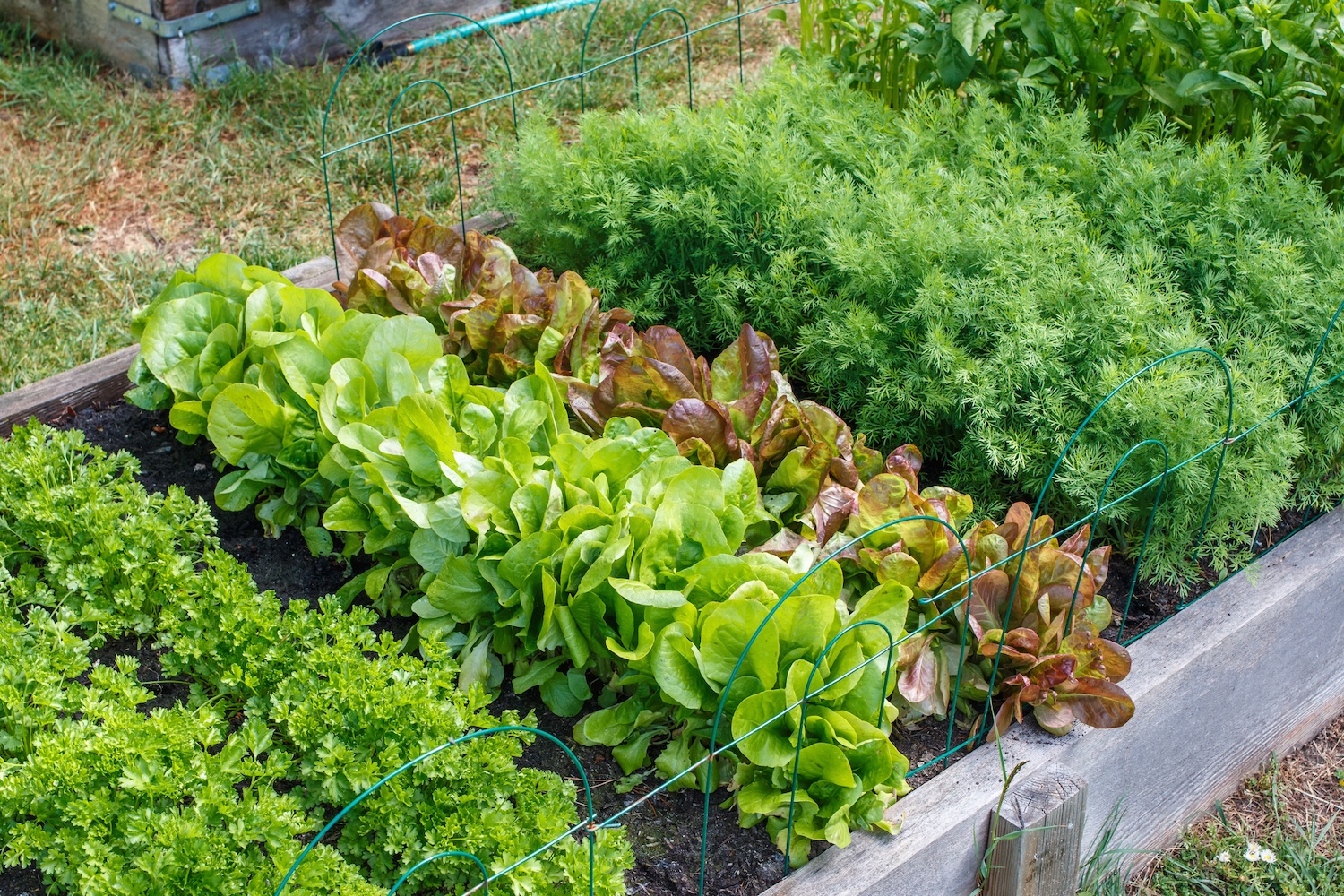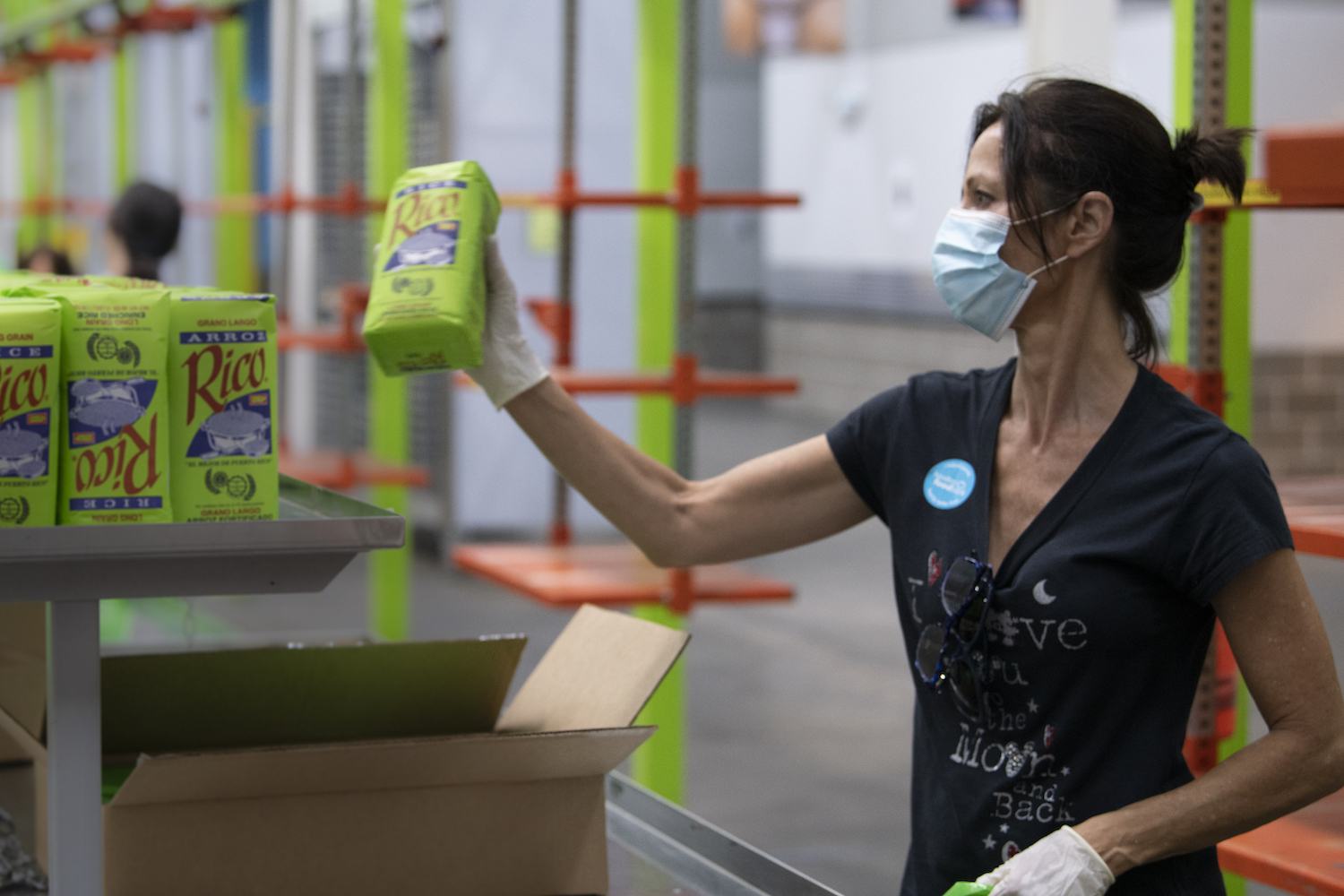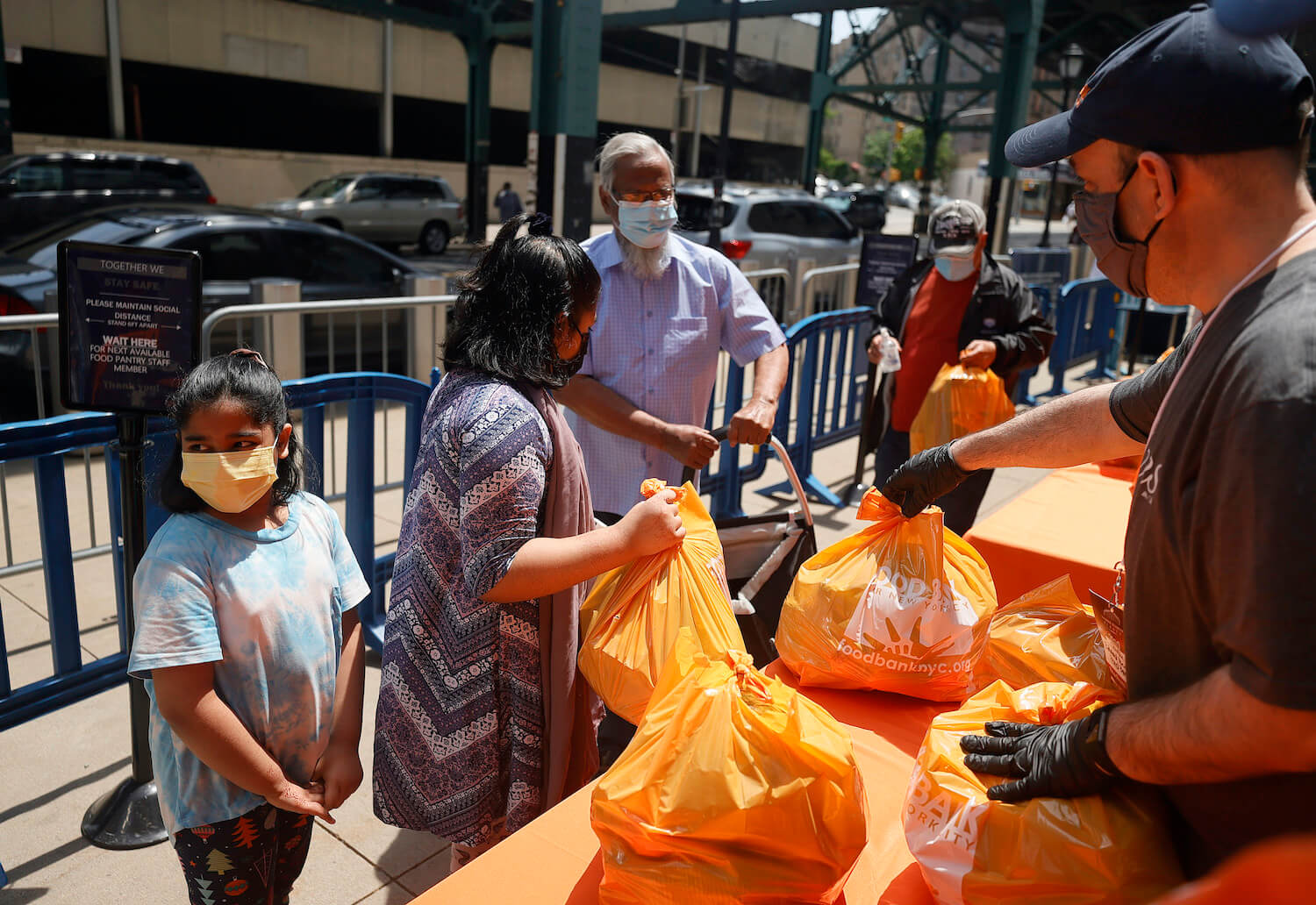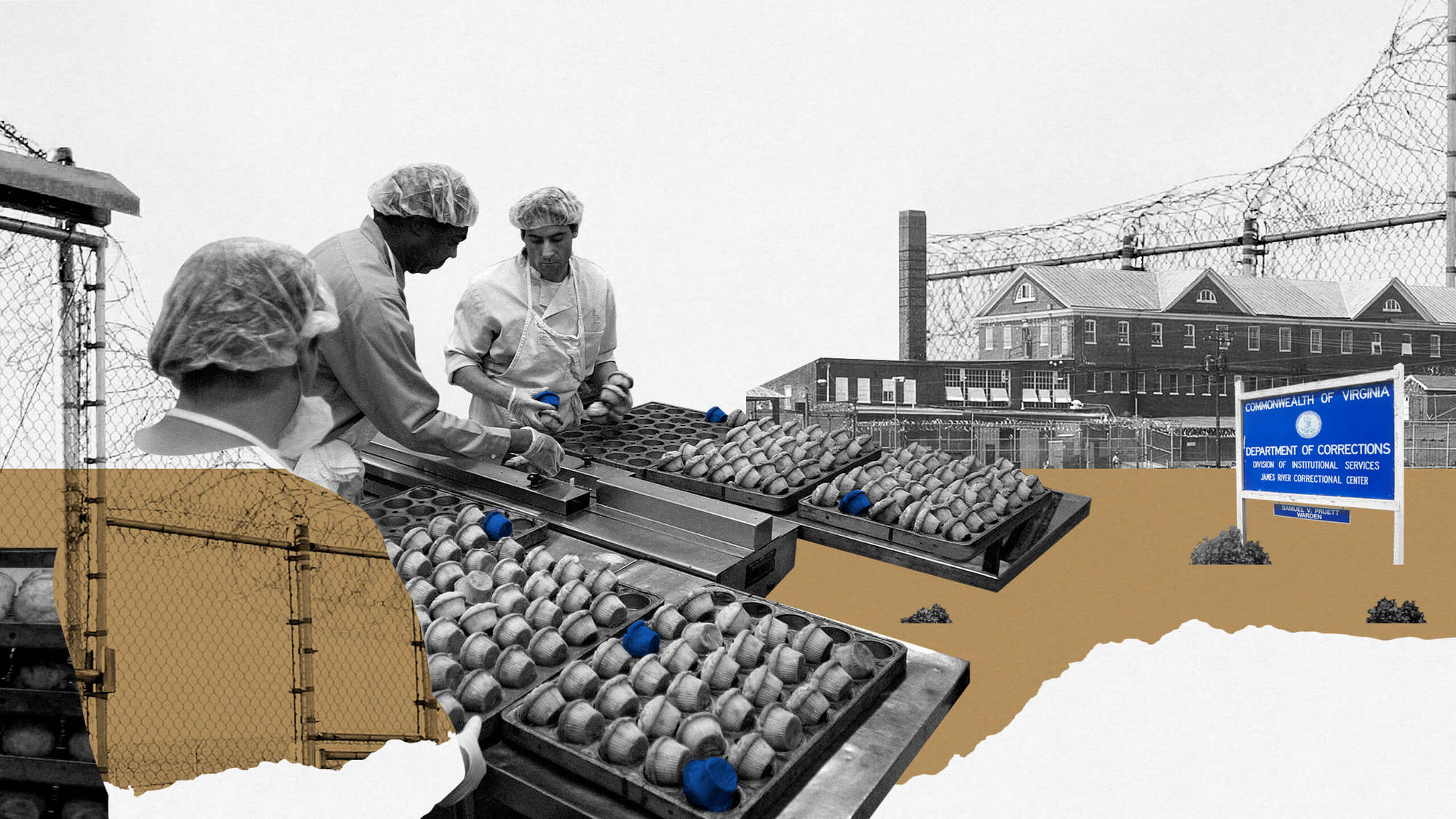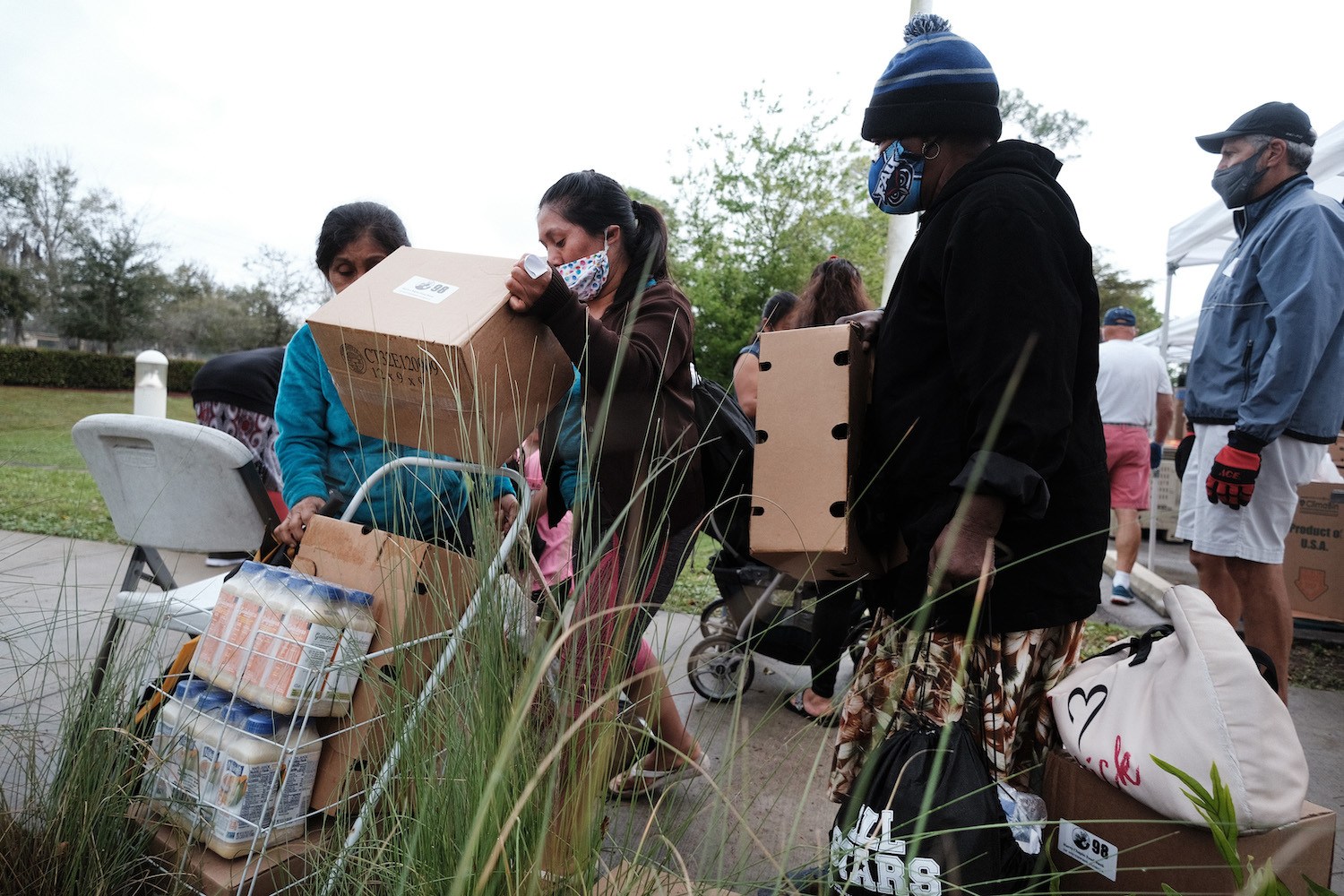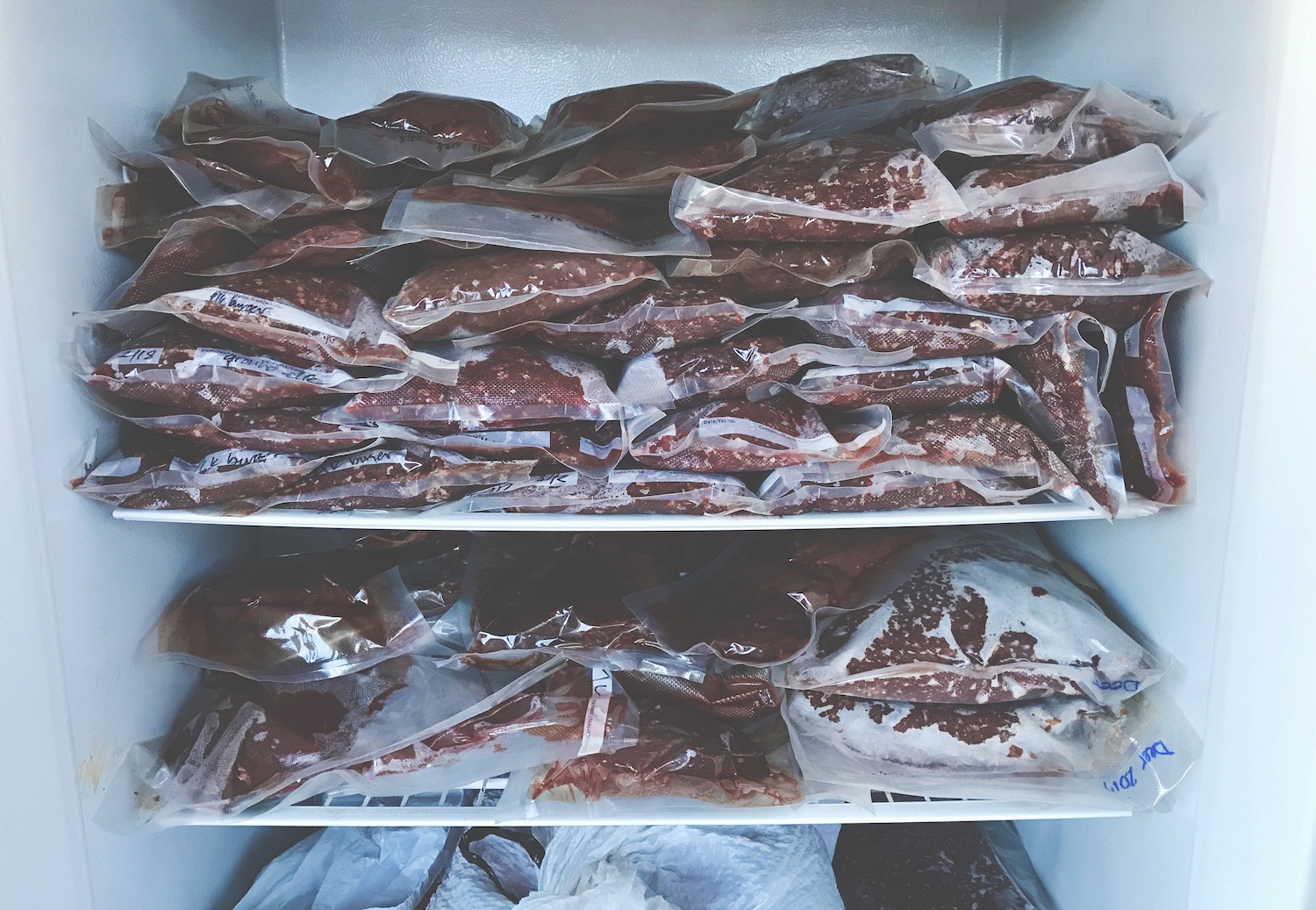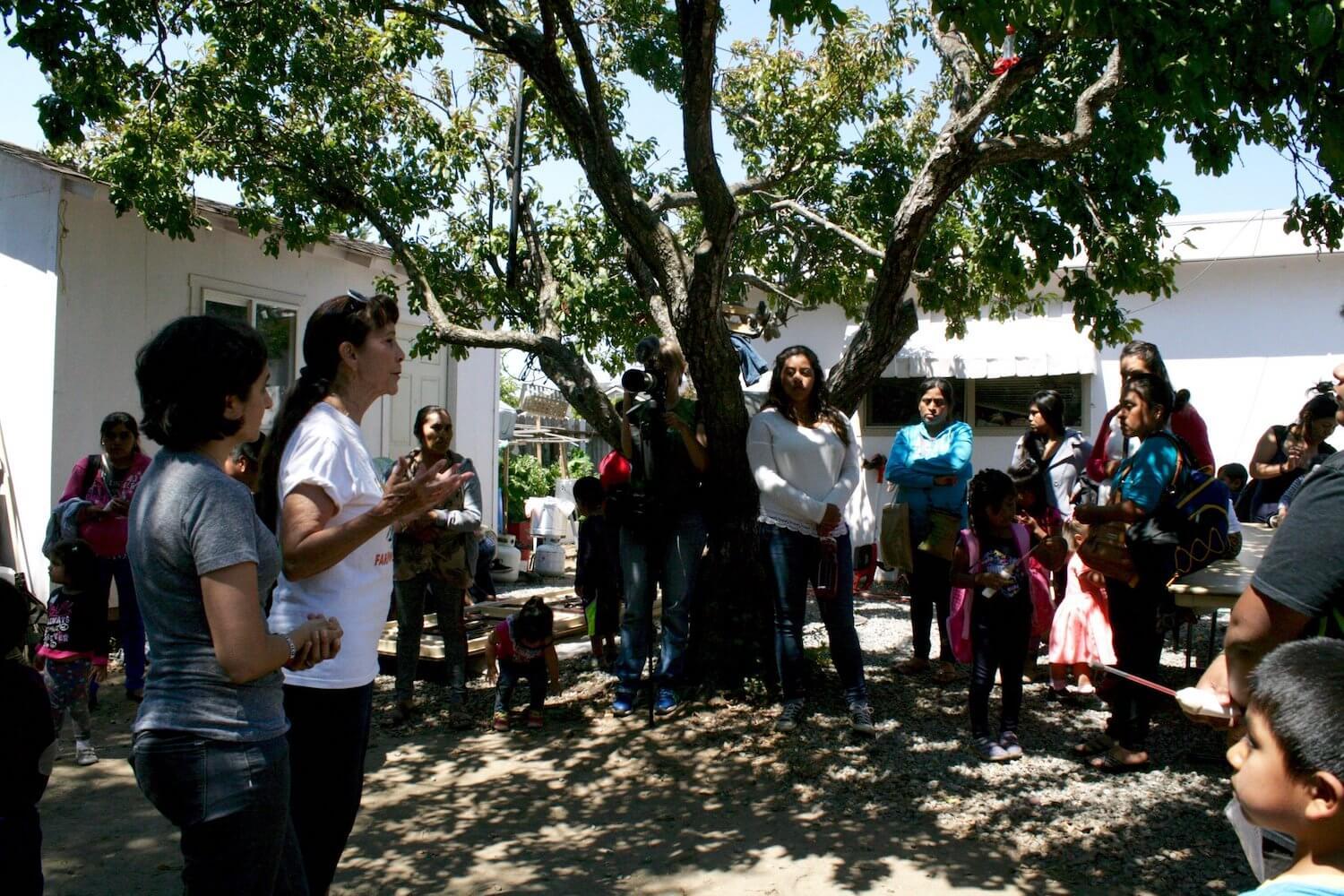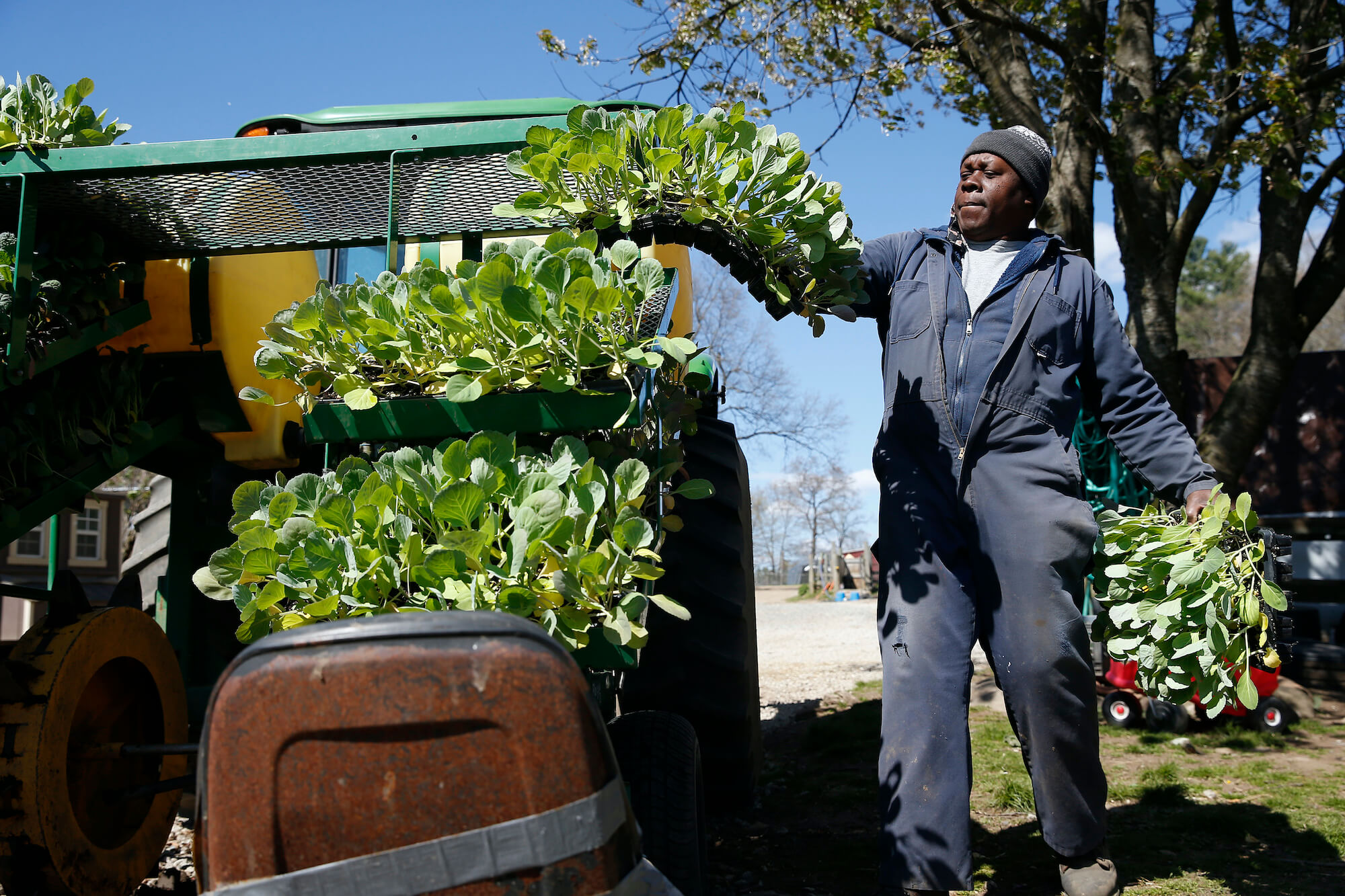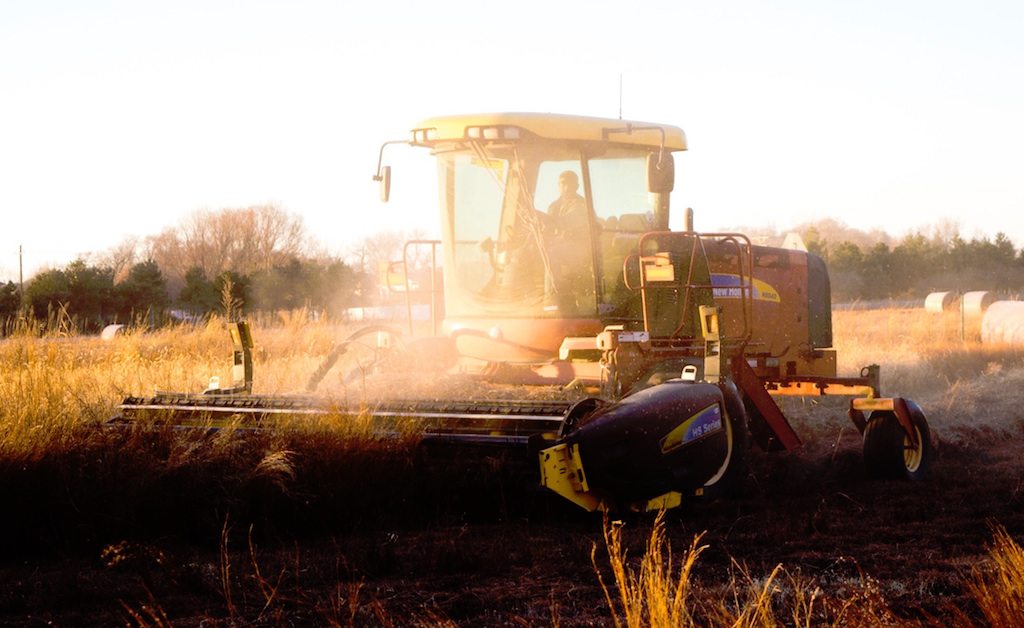Food banks distribute food at such a great scale that the produce from an urban farm amounts to a drop in the bucket. It begs the question: Why have an on-site farm?
A number of small-scale farms have taken root at food banks and pantries across the country. Paradoxically, those who work on them will be the first to tell you that growing food for its own sake is not necessarily a top priority.
This article is republished from Food Bank News, whose mission is to end hunger by advancing best practices in hunger relief. You can read the original article here.
“Obviously, in serving 200 people a day, the farm is not going to produce everything you need for that kitchen,” said Amy Breitmann, Executive Director at Golden Harvest Food Bank in Augusta, Ga., of the urban farm her organization runs adjacent to a partner soup kitchen.
Food banks distribute food at such a great scale that the produce from an urban farm amounts to a drop in the bucket. Many food banks also benefit from close partnerships with local farms, which share produce that would otherwise go wasted. It all begs the question: Why have an on-site farm?
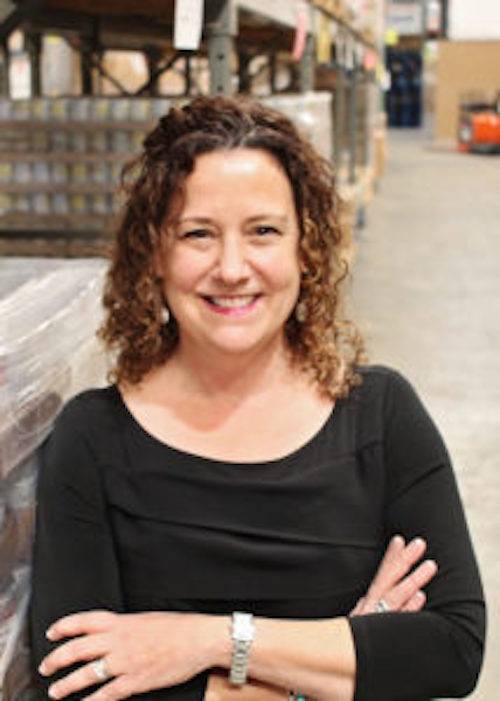
Food Bank News
Golden Harvest Food Bank’s urban farm is integral to its soup kitchen, said Amy Breitmann, Executive Director.
Food banks and pantries see farms and gardens as ways to strengthen their missions, build stronger community ties and create opportunities to broaden their approaches to addressing food insecurity.
Renee Kee, Head of Nutrition Education at Capital Area Food Bank, reiterated the idea that, in terms of volume, on-site farms contribute small potatoes in the scheme of things. The 2,000 pounds of food grown in Capital Area’s garden, for example, is negligible compared to the millions of pounds of food that move through its Washington, D.C.-based warehouse.
But relationships are among a food-bank farm’s highest-yielding crops. “Building relationships is critical to the work that we do,” Kee said. Technical service around farming and gardening is “something that’s often requested,” she noted. So, “we do consultations to build out pantry partnerships and service them.”
Practically, that means the garden is mostly used for demonstrations and workshops, often in collaboration with other food-growing organizations; that knowledge gets carried on to other sites and partner agencies within the food bank’s network.
The garden also regularly distributes starter plants — upwards of 3,000 seedlings a year — to partner organizations and individuals in surrounding communities. One church-based agency planted some of those seedlings and grew enough food to be able to distribute it to their 100 clients, Kee said.
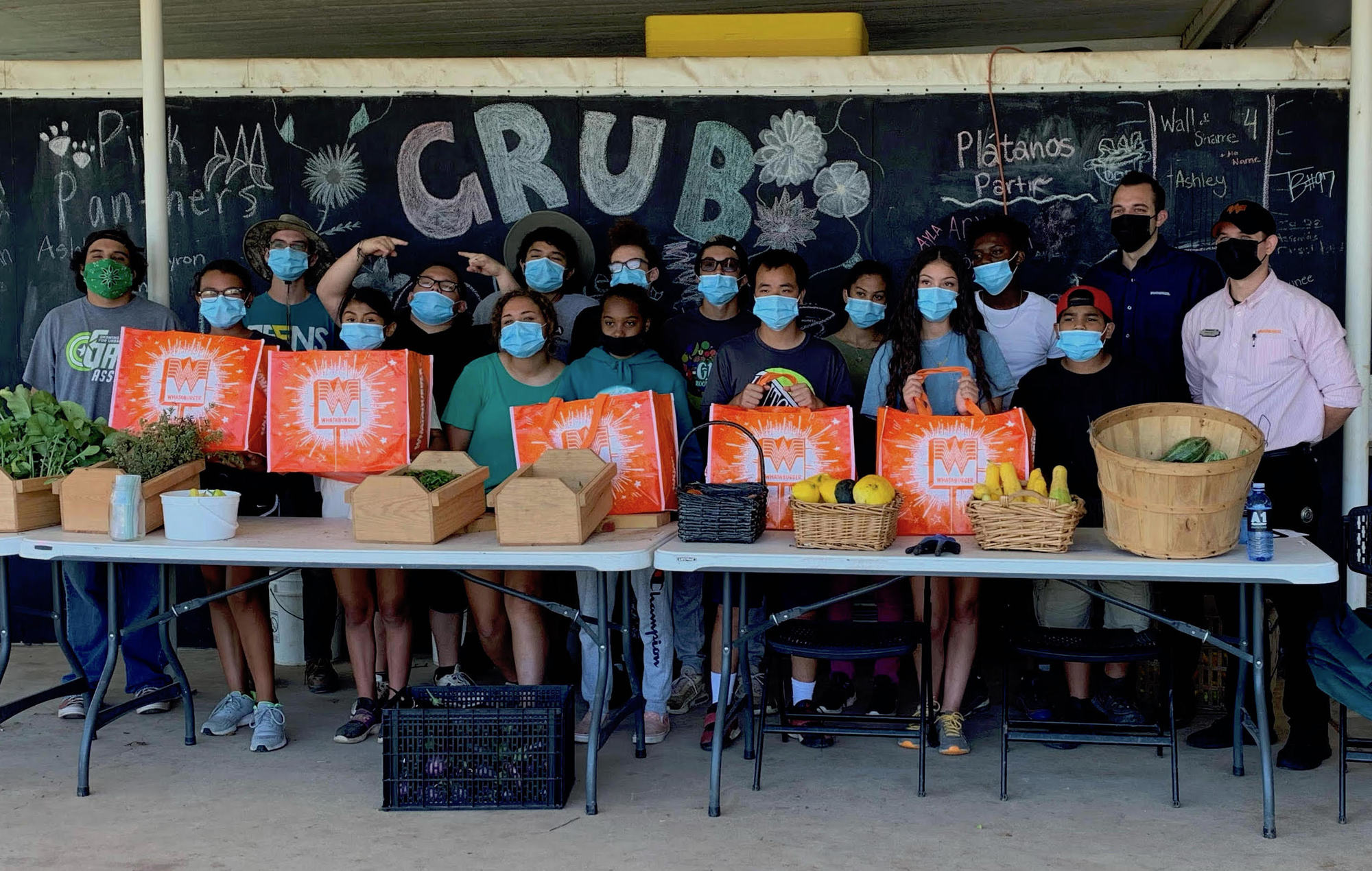
GRUB participants with the fruits of their labor at South Plains Food Bank.
Sandy Garcia
According to Hilary Salmon, Capital Area’s Director of Marketing and Communications, the demonstration garden came out of the food bank’s longstanding commitment to land stewardship, a sensibility attributed to Lynn Brantley, President Emeritus of the food bank, and her upbringing in Pennsylvania Dutch Country. When it came time for a facilities upgrade in 2012, on-site food production was an active part of the conversation.
The garden is a half-acre with 66 raised beds, hoop houses, rainwater catchment cisterns, a composting system, an apiary and an outdoor classroom, the latter of which has been especially handy for running events during Covid. The space is maintained by a gardener, an assistant, and 300 or so volunteers a year.
“Different gardeners emphasize different things,” Kee said, noting how a previous gardener emphasized variety, planting over 300 different cultivars in a fifth as many beds. For its environmental contributions, the garden helped net the food bank LEED certification.
In Lubbock, Tex., the farm at South Plains Food Bank serves a similarly educational purpose, and then some. Stoney Cornett, who directs a suite of South Plains’ food-production programs, identified a youth program affectionately called “GRUB” — Growing Recruits for Urban Business — as among the most meaningful parts of his role.
GRUB participants are paid 14-to-18-year-olds who steward the farm and participate in all manner of entrepreneurial workshops during the growing season. In addition to planting and nurturing the garden, GRUB participants transform gourds grown on the farm into a soap product called GRUB Scrub, which they market as a value-added product to gain small-business experience.
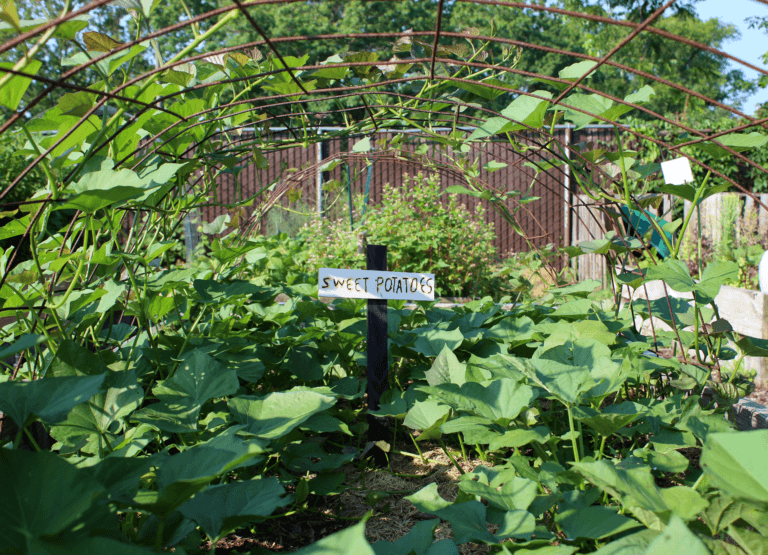
Sweet potatoes at Golden Harvest Food Bank’s urban farm.
Food Bank News
“Everything we do has a purpose of food and education,” Cornett said. “Seeing the kids come out and how they interact with the space and the life skills they learn — the farm is great for that,” he said.
South Plains’ youth farm is 5.5 acres, four or so of which are sustainably cultivated, and is outfitted with four high tunnels. It was founded in 1988 to supplement the food bank’s distribution and produces around 50,000 pounds of produce each year, including zucchini, squash, watermelon, sunflowers, peppers, beans and tomatoes. The farm’s manager, Samuel Dodson, has also piloted an aquaponics project that raises fish and greens in tandem.
Some of the farm’s produce goes to a community-supported agriculture (CSA) share program, where up to 100 families pick food up once a week during the summer. Revenue generated by the CSA goes back into the farm, while the remaining produce goes toward the food bank’s distribution. Often, CSA participants have a donor relationship with the food bank, according to Cornett, enabling the farm to play a development role in the food bank’s bigger picture.
Cornett’s portfolio also encompasses an almost 30-year-old apple orchard that packs 2,500 trees onto 15 acres right behind the food bank’s premises. Tens of thousands of pounds of eight different apple varieties are harvested each year (2016 saw a 100,000-pound record) for distribution to clients. Each tree memorializes a lost loved one, whose family covers the cost of planting.
“We want to make sure that we’re working really closely with soup kitchen staff to plant what grows.”
Robust staffing is central to all that goes on — the orchard, farm, and GRUB program each have a director and an assistant with whom Cornett works, and four Americorps VISTAs assist with operations, including supervising 21 young GRUB participants. Like Capital Area Food Bank’s garden, South Plains’ farm boasts a classroom and a kitchen that hosts volunteer-led cooking lessons.
Golden Harvest Food Bank’s urban farm space in downtown Augusta, Ga., is enlivened by its proximity to the Master’s Table Soup Kitchen, the food bank-run provider agency that shares a site with the farm.
“We want to make sure that we’re working really closely with soup kitchen staff to plant what grows,” Breitmann said. The farm is managed by a master gardener and an employee who grow crops in 40 raised beds that volunteers attend to during community workdays on Saturdays. “We see it as integral to our soup kitchen,” said Brietmann, which itself is led by a staff of five chefs.
Like other food bank-affiliated urban farms, staff at the Master’s Table place a high premium on locally-cultivated nutritious produce, which is consistent with a recent strategic plan to prioritize the distribution of fresh fruits and vegetables from local food co-ops. It was that same desire that led former Executive Director Travis McNeal to start the farm in the first place.
As in Washington, D.C., the farm in Augusta has piqued interest among Golden Harvest’s partner agencies to steward their own urban farms or gardens, often for food but mostly because of the opportunities for community involvement they create.
“What I love about the farm is that it keeps (the food bank) really close not only to the farm-to-table concept, but also to our staff, volunteers, and those we work with who are on the frontlines of hunger,” Breitmann said. “We’re not just in our warehouses. We’re interacting with and supporting those who are really struggling with food insecurity.”
